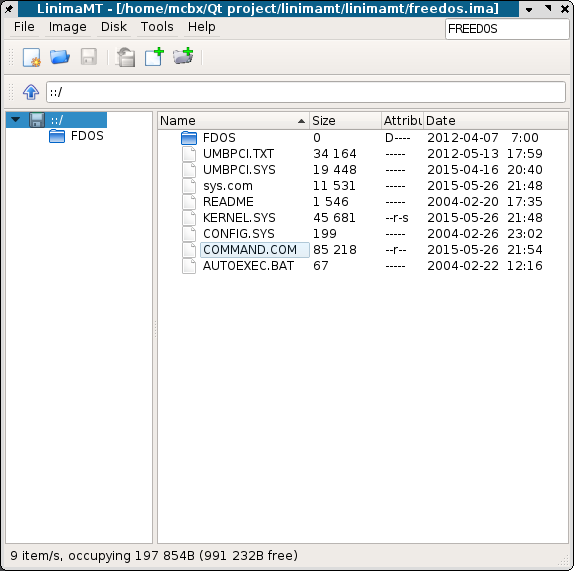PCXT
Very Active Member
- Joined
- Sep 14, 2016
- Messages
- 279
- Age
- 37
After moving to Linux I missed GUI for editing FAT disk images.
I can mount it. But if it's precious original floppy image any complex GUI file manager would destroy its free space needed for e.g. some historical analysis with metadata and preview programs with temporary files.
There is a command-line mtools program for nice, controlled access to DOS image.
So few months ago I started to do a quick interface for it in Qt to be shared on some GPL:

Current state is that it is usable, yet I think not enough for everyday use. Drag and drop doesn't work as it should (so extracting is made through a "Select folder" window) and code is far from being well-organized.
I can mount it. But if it's precious original floppy image any complex GUI file manager would destroy its free space needed for e.g. some historical analysis with metadata and preview programs with temporary files.
There is a command-line mtools program for nice, controlled access to DOS image.
So few months ago I started to do a quick interface for it in Qt to be shared on some GPL:

Current state is that it is usable, yet I think not enough for everyday use. Drag and drop doesn't work as it should (so extracting is made through a "Select folder" window) and code is far from being well-organized.




